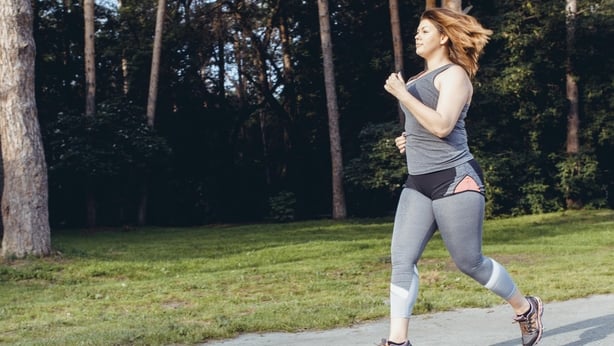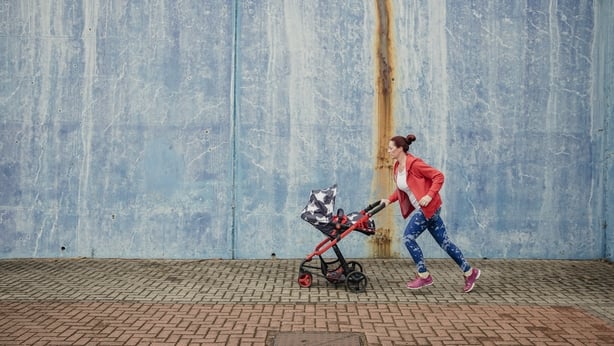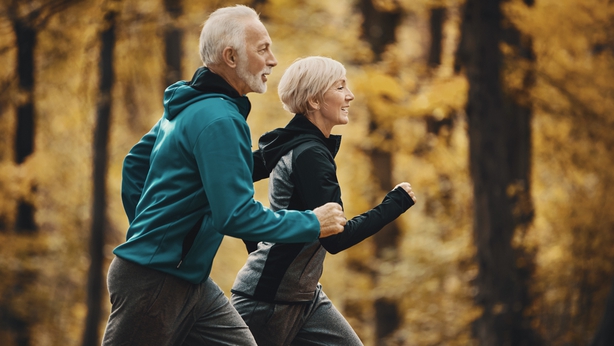Ben Doyle, the Clinical Lead at Platinum Physio, shares three exercises to try before your next run.
Are you a regular runner? Training for a big race that’s on pause? Or maybe you’re using this stay-at-home time to dust off your trainers and start pounding the 2km radius streets to de-stress, gain energy and keep fitness levels in check?
Whatever type of runner you are, whatever ability level you are at, there’s a common denominator for all runners, and that’s to avoid injury.

I see all types of runners at our Physio clinics and have worked with professional athletes my entire career. One thing that can prevent injury before you hit the streets or sign-up for that competitive race is pre-testing to pick up on areas of weakness and tightness, especially around the areas where injuries are most prevalent: hips, knees and calves.
Add to this, some simple exercises before you get going and you will feel the difference, improve performance, and stay injury-free.
1. Glute activation/strengthening: Crab walks
- Place a stretchy resistance band around your knees. If you don’t have a band, improvise by cutting up a pair of old tights and tie in a loop hip-distance apart).
- Lean ever-so-slightly forward with your bum back like you’re preparing for a squat.
- Side-step keeping constant tension on the band - make sure you don’t bring your feet too close together.
- Keep toes and knees pointing forwards and keep going for 30-45 seconds or until you feel like the muscles above and behind your hip are getting achy.
- Do two repetitions before your run.
TOP TIP: Perform one repetition with bent knees and the other with straight knees immediately before running to make sure that both the deeper abductors and rotators of your hips are activating well to help prevent hip, knee and foot pain.

2. Hip mobility exercises: Upright pigeon
- Start on your hands and knees and bring the leg you wish to stretch forward.
- Turn the leg out as much as you can. Stretch the other leg out straight behind you and raise your back while keeping your hands on the floor.
- Once you feel a stretch in your glute muscle, gently rock the pelvis from side-to-side to get an increased stretch, hold when you feel you’re at the tightest point.
TOP TIP: You can also try the 'sleeping pigeon’ by flexing your body over the hip that is positioned in front and place your hands flat on the floor. Gently stretch your hands over the right side and then the left and hold when you feel your tightest point. For more advanced runners the 90/90 stretch.

3. Knee and calves: Soleus stretch
- This is such an important muscle to improve the stability of the ankle, but relatively unknown and not commonly stretched or strengthened by runners.
- Place both hands against a wall and one foot in front of the other a comfortable distance apart.
- Lean in towards the wall and bend both knees while keeping your back heel on the floor and then move into the stretch. You should feel a stretch, not pain, in the lower inside calf or Achilles area.
TOP TIP: Try this with straight and bent knee heel raises, and dips off the edge of a step as part of a strengthening program on your non-running days to help improve your calf strength and foot stability.
Ben Doyle is the Clinical Lead at Platinum Physio. Need some running guidance, virtual pre-testing or assessment? Get in touch, www.platinumpilates.ie.

